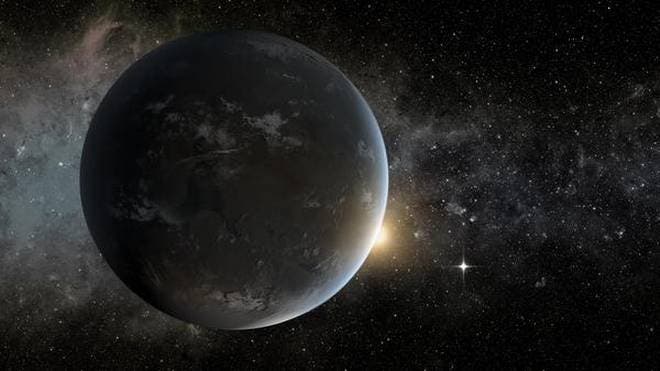Spanish researchers have found not one but three alien planets that are roughly the size of Earth. The similarities might end here, however, since the exoplanets are orbiting toasty close to their parent star.

There’s only one place in the universe we know for sure life exists: Earth. Absent any other evidence, our safest bet for finding carbon-based life outside this planet is to look for characteristics that mirror conditions on Earth. The most important ones would be orbiting a star at just the right distance in order to allow liquid water to form at the surface, having an atmosphere and magnetic field that shields life from radiation, and having energy sources to sustain metabolism. We don’t know this for sure, but a planet’s size may also be important, which is why the latest announcements by researchers at the Astrofísica de Canarias (IAC) and the University of Oviedo are so exciting.
The new exoplanets were discovered by the K2 mission of NASA’s Kepler satellite using the transit method, which involves measuring the minute dimming of a distant star as a planet passes in front of it. According to the Spanish astronomers, the newly identified planets orbit a red dwarf star called K2-239, located about 160 light-years away from Earth, in the constellation Sextans.
The most interesting part about this system is the fact that three of its rocky planets are remarkably similar in size to Earth. Specifically, their size is within 1.1, 1.0 and 1.1 times Earth’s radius, respectively. The system also contains two super-Earths, which are both roughly twice Earth’s size.
However, astronomers haven’t set their hopes high for the habitability of these planets, which all orbit dangerously close to K2-239. The three planets orbit their star every 5.2, 7.8 and 10.1 days. While it’s also true that a red dwarf is far less bright than the sun, which is classed as a yellow dwarf star, the close proximity suggests these planets’ surface is at least a couple tens of degrees warmer than on Earth.
Astronomers also don’t have much other information about these planets, such as their atmospheric composition. That’s a job for the upcoming James Webb space telescope, the $8.8-billion successor to the Hubble Space Telescope, which is expected to launch in 2020 — hopefully, if it’s not delayed once more. Meanwhile, observations performed with the Very Large Telescope (VLT), of the European Southern Observatory (ESO), will prove valuable in establishing the masses, densities, and other physical characteristics of the three planets.
The findings appeared in the journal Earth and Planetary Astrophysics (arXiv).






